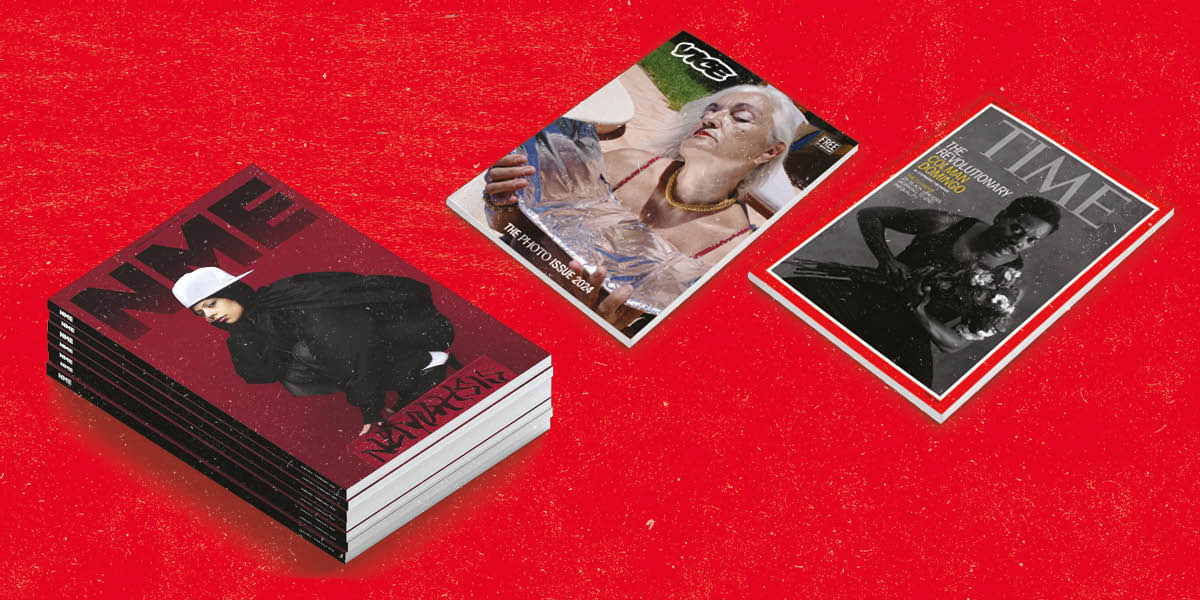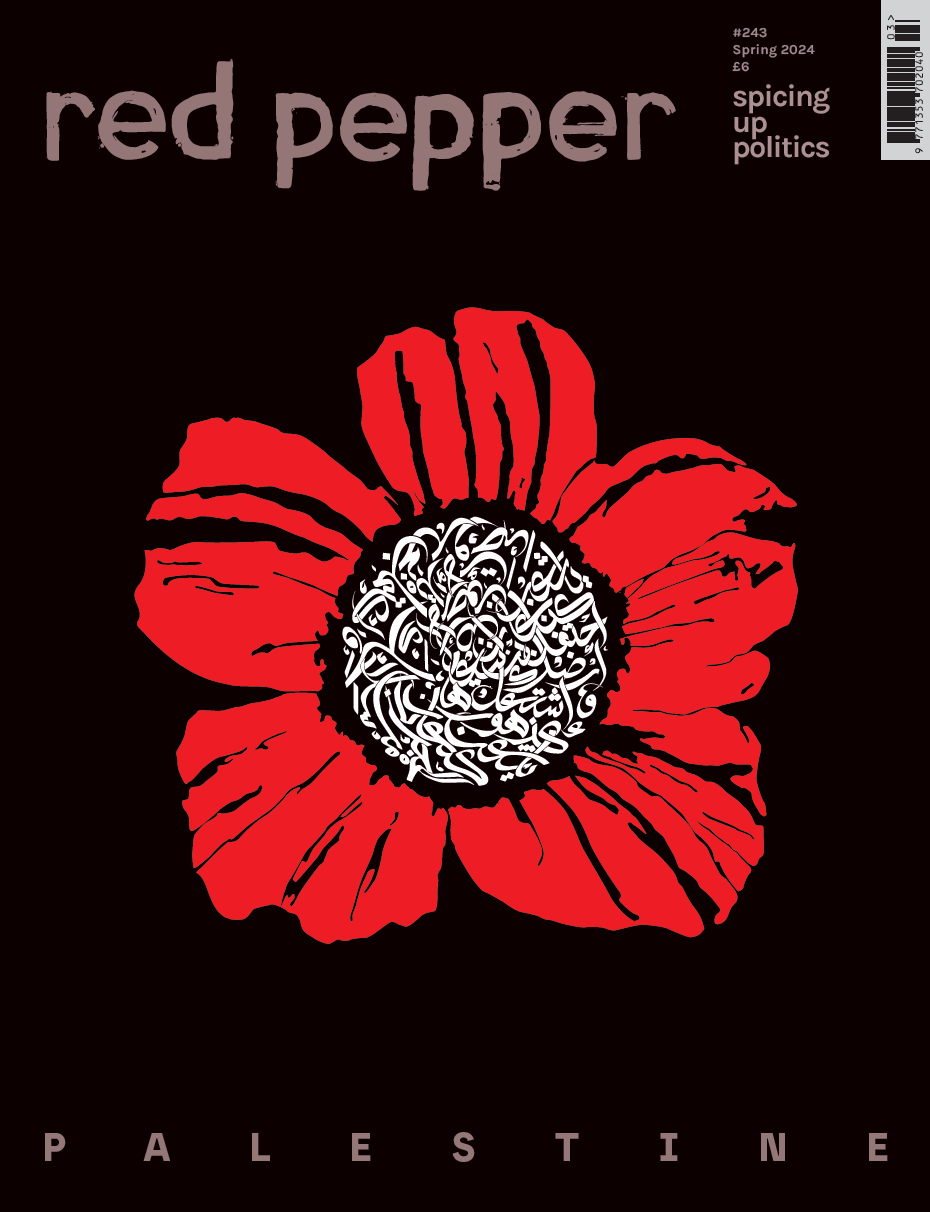Magazine publishers have long been contending with the slow decline of print media. Digital technology has made content freely available online and on social media platforms, while newsstand sales have dipped and production costs surged. In the UK, yearly circulation revenue from magazines has almost halved in the past five years.
But this isn’t the full story. Rising average revenue per reader (ARPR) indicates that while fewer people subscribe to magazines, those who do are loyal consumers open to paying more for content they enjoy. Print magazines are central to the increase in APRP, prompting notable print relaunches from some of the biggest names in publishing, including Time, Bloomberg Businessweek, NME, I-D, The Onion, and Vice. Analysts describe this development as ‘new print’, a restructuring of the magazine format attuned to 21st-century media consumption habits.
Quality not quantity
One key change in new print is a decreased publishing frequency – weeklies have become monthlies, monthlies have become quarterlies, quarterlies have become biannual. This frees publishers to focus more on curating quality content, rather than logistical deliverance. For readers, each issue becomes an event: a finite, curated respite from the endless scroll of digital media. Magazine design has evolved to match this new purpose, embracing bold covers, formats and supplements, with decreased frequencies allowing for more ambitious creative choices. As a result, each issue becomes a desirable, collectable object.
Advertisers are also paying attention as subscribers to a physical product (at a higher cost) demonstrate brand dedication – an efficient (and surprisingly cost effective) solution for marketers looking to target niche audiences, in contrast to the turbulent and inflated waters of paid online advertising.
The Onion is perhaps the most definitive example of the new print commercial structure and ethos. When new ownership took over in 2024, one of the first changes was to relaunch a monthly print edition as a part of a membership model. This visible investment in quality over clicks settled the workforce, who were disgruntled by a past management focused on web-based metrics aimed at selling online advertising. It was also a statement of intent to readers that they were looking to get back to The Onion’s DNA as a print publication.
Redefining the magazine
The model also creates a more compelling ‘hero’ product for a wider subscription offering and is generally where the media industry is heading: managing ‘content verticals’ that offer content across a range of different formats designed to convert casual readers into subscribers/ members.
These commercial structures don’t actively syphon off different mediums but tie them together. Online digital archives, for example, provide comprehensive access to a publication’s history, while the physical magazine delivers timeliness, legitimacy, exclusivity and a form of engagement that web-based media can’t replicate.
In 1731, Edward Cave coined the word ‘magazine’ to reflect a military storehouse. For centuries, magazines have been precisely that: an arsenal of useful and varied content. Today, as social media platforms become less moderated and AI generated content floods the internet, publishers are choosing to build their own curated spaces rather than battle within platforms designed against their interests.
The print magazine is no longer the storehouse. It’s one powerful tool within a larger media arsenal that can complement rather than compete with digital platforms. In this refined role, print can not only survive but thrive.










